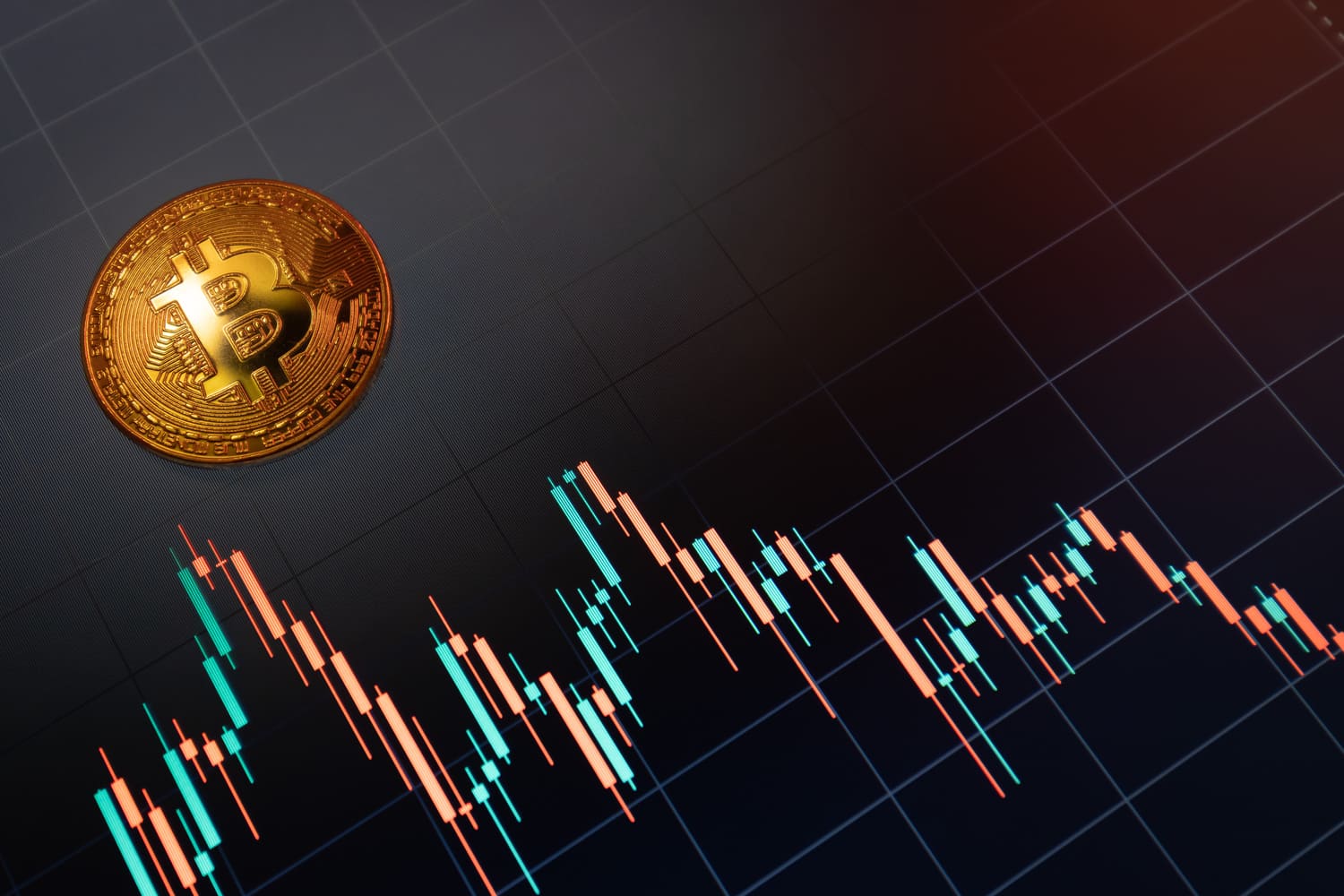Volatility Risk in Cryptocurrency Markets

Cryptocurrency is an incredibly topsy-turvy investment, usually characterized by wide price fluctuations and heavy trading so that can be considered one of the most volatile markets available to investors, but even one of the best performing of the last decade.
Historical price charts show that skyrocketing peaks and depressive troughs occur at a quicker and more extreme pace in crypto prices compared to prices of assets in mainstream markets. The Bitcoin market, for example, started to draw attention in 2013 when the unit price exceeded $100. Four years later, in January 2017, the unit price hit $1000 and reached almost $20,000 by the end of 2017, rising by more than 2,000%. The bubble burst the following year, in 2018, when price dropped around 80% from the peak in one year, while it climbed up again in 2019.
What is cryptocurrency volatility?
All assets experience wide price fluctuations in their valuation: this quality is known as volatility.
Volatility is one of the primary metrics and the most common risk measure in finance. Generally, the more volatile an asset is, the riskier it’s considered as investment as its price can change dramatically over a short time period in either direction. That means that when volatility is high, the chance for high returns is increased as much as the risk of failure. Whether you win or lose can depend largely on timing. So volatile assets are considered riskier than less volatile assets because their price is less predictable.
Trying to time fluctuations is extremely difficult. For less risk-tolerant investors, one way to deal with volatility is to ignore the short-term fluctuations and staying invested, maintaining a long-term horizon and a diversified portfolio.
Why the cryptocurrency market is so volatile?
Volatility is the reason why cryptocurrency, despite its acceptance as a mainstream financial asset, still serves as a speculative asset and should be cautiously used.
Cryptocurrency market is extremely risky, characterized by high frequency and size of price jumps which reflect a heightened volatility. This happen because and cryptocurrency is an emerging market that is still evolving, experiencing rapid growth while it hasn't yet developed a clear regulatory framework.
As more institutional investors adopt cryptocurrencies, experienced traders start investing in the market and more companies adopt and actively use blockchain technology, the more the market gain newfound legitimacy, helping to mitigate risk decrease volatility and create more stability
What causes volatility in cryptocurrency?
There are a few factors that determine volatility in cryptocurrency market:
- One of its biggest drivers it’s speculation — The cryptocurrency market thrives on speculation. Volatility drives the liquidity connectedness in the cryptocurrency market, as higher connectedness is observed during highly volatile episodes of cryptocurrency prices.
- Cryptos are still concentrated in a few hands — Few big crypto holders (called Whales) hold enough cryptocurrency so as to have the potential to manipulate currency valuations and have a huge sway over prices. According to BitInfoCharts, just three bitcoin wallets owned 3.07% of all the bitcoin in circulation as of Q2 2021 with a value of just around $27.8 billion, and the top 100 wallets held around 18% of all bitcoin valued at around $150 billion. Whales movements make the market susceptible to rapid swings, causing even more volatility.
- They are not secured by any asset — Unlike other asset classes that are governed or controlled by any financial institution, most cryptocurrencies are not backed by any physical commodity (such as gold or silver), government authorities or currency, which means that they are purely digital assets whose price is derived solely on the proportion of supply to demand.
- Some cryptocurrencies are finite in supply — Cryptocurrencies like Bitcoin, Ripple, Binance, Cardano or Litecoin are limited in supply, meaning that there is a cap on the maximum number of coins that can be issued and value is primarily determined by how many coins are in circulation and how much people are willing to pay. Given the limited supply, selling or buying more of the crypto can, thus, influence the rise and fall of crypto markets, causing high volatility.
- Crypto market has less liquidity than traditional financial markets — Institutional money will likely be a stabilizing force for cryptocurrencies. Generally, tight liquidity clustering is indicative of a strong presence of investors that hold cryptocurrencies for speculative purposes and large trades which could affect prices while fuelling increased volatility. Thus, improved liquidity can help to reduce volatility in crypto’s markets.
- Crypto technologies are still in their early stages of development — The blockchain or other alternative crypto-technologies are still evolving. However, crypto’s deregulated and disparate technology infrastructure means that liquidity is hard to come by and consequently generates volatility.
- Crypto-assets market lacks a solid ecosystem of institutional investors – Traditionally, institutional money provides a foundation for asset classes by generating liquidity and providing greater stability. A serious involvement by institutional players in finance, both as large investors and service providers, could push crypto-asset markets in terms of mass adoption and legitimacy.
References
- Klein T, Thu HP, Walther T. - Bitcoin is not the new gold: a comparison of volatility, correlation, and portfolio performance.
- Corbet S, Lucey B, Urquhart A, Yarovaya L. - Cryptocurrencies as a financial asset: A systematic analysis.
- https://www.forbes.com/sites/nicolelapin/2021/12/23/explaining-cryptos-volatility/?sh=693c3e997b54
- https://www.ndtv.com/business/why-is-the-cryptocurrency-market-so-volatile-2509836
- https://www.gemini.com/cryptopedia/volatility-index-crypto-market-price#section-crypto-market-volatility
- https://www.investopedia.com/tech/crypto-stability-institutions-horizon/
- https://arxiv.org/pdf/1912.05228.pdf
- https://www.nasdaq.com/articles/bitcoins-unprecedented-liquidity-can-explain-its-price-volatility-2021-10-17
- https://www.cnbc.com/2021/05/19/why-is-bitcoin-so-volatile.html






